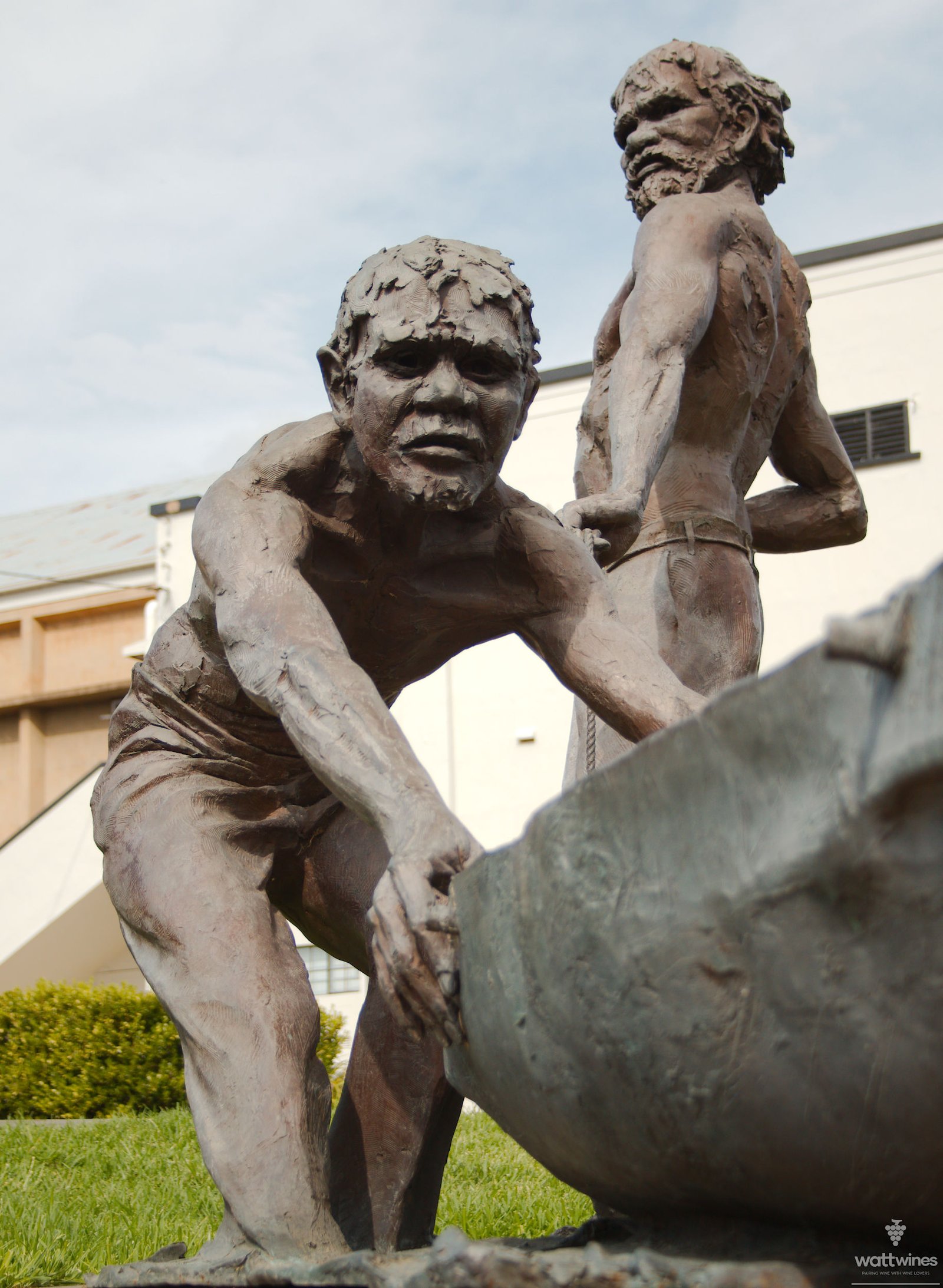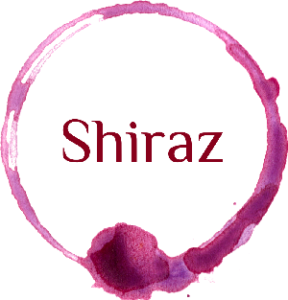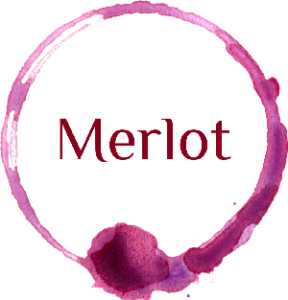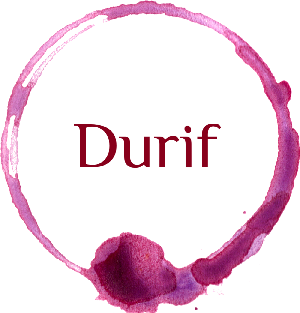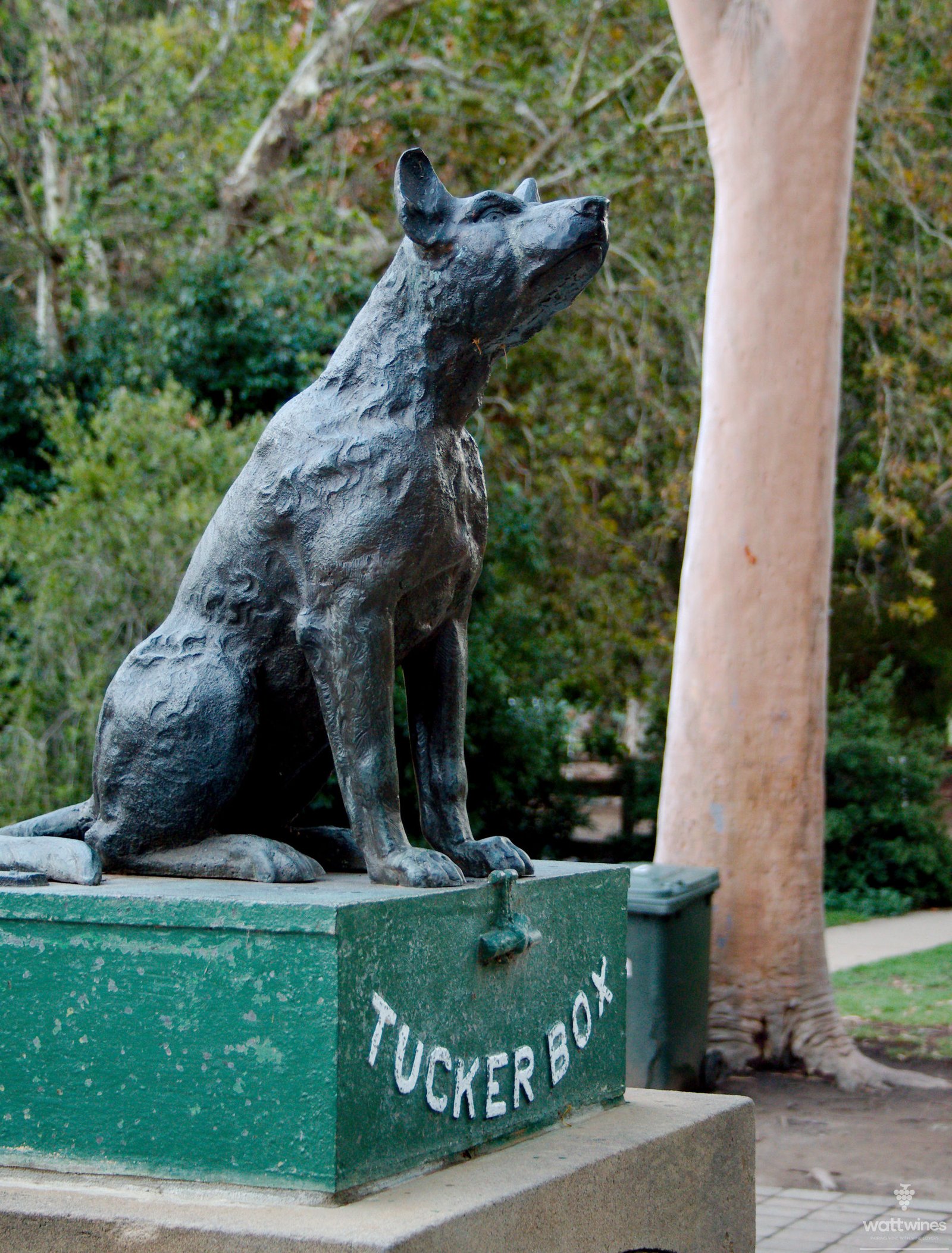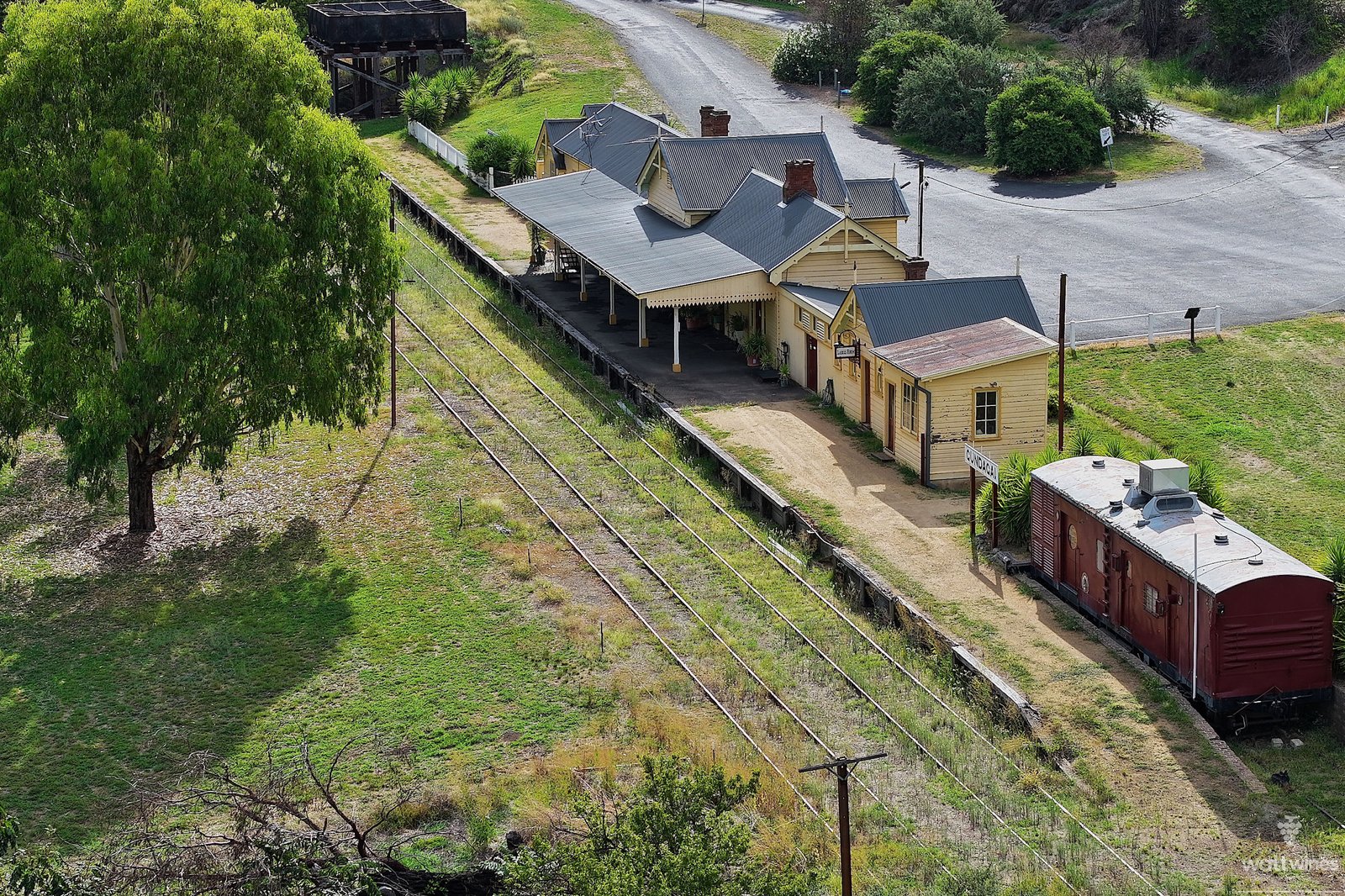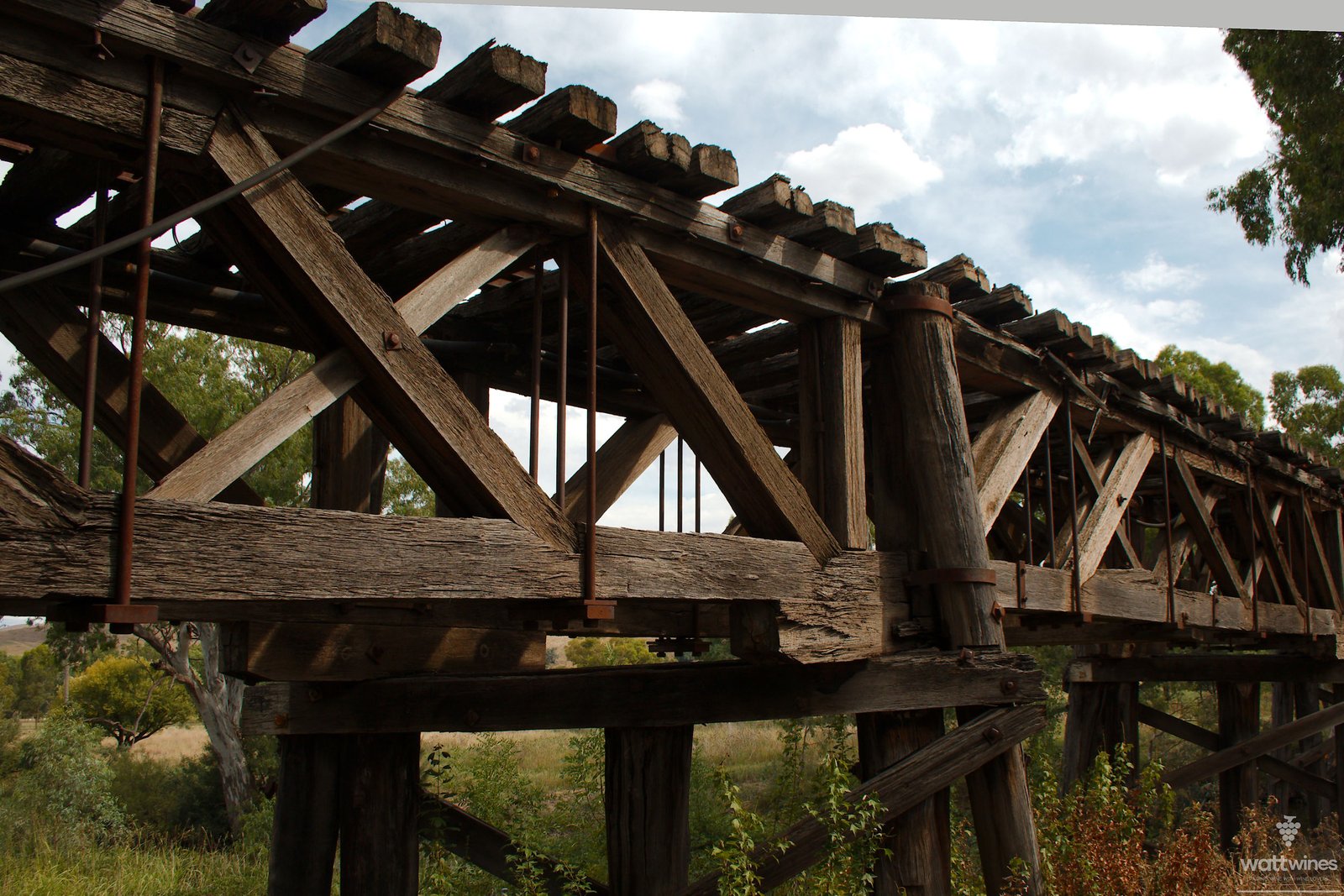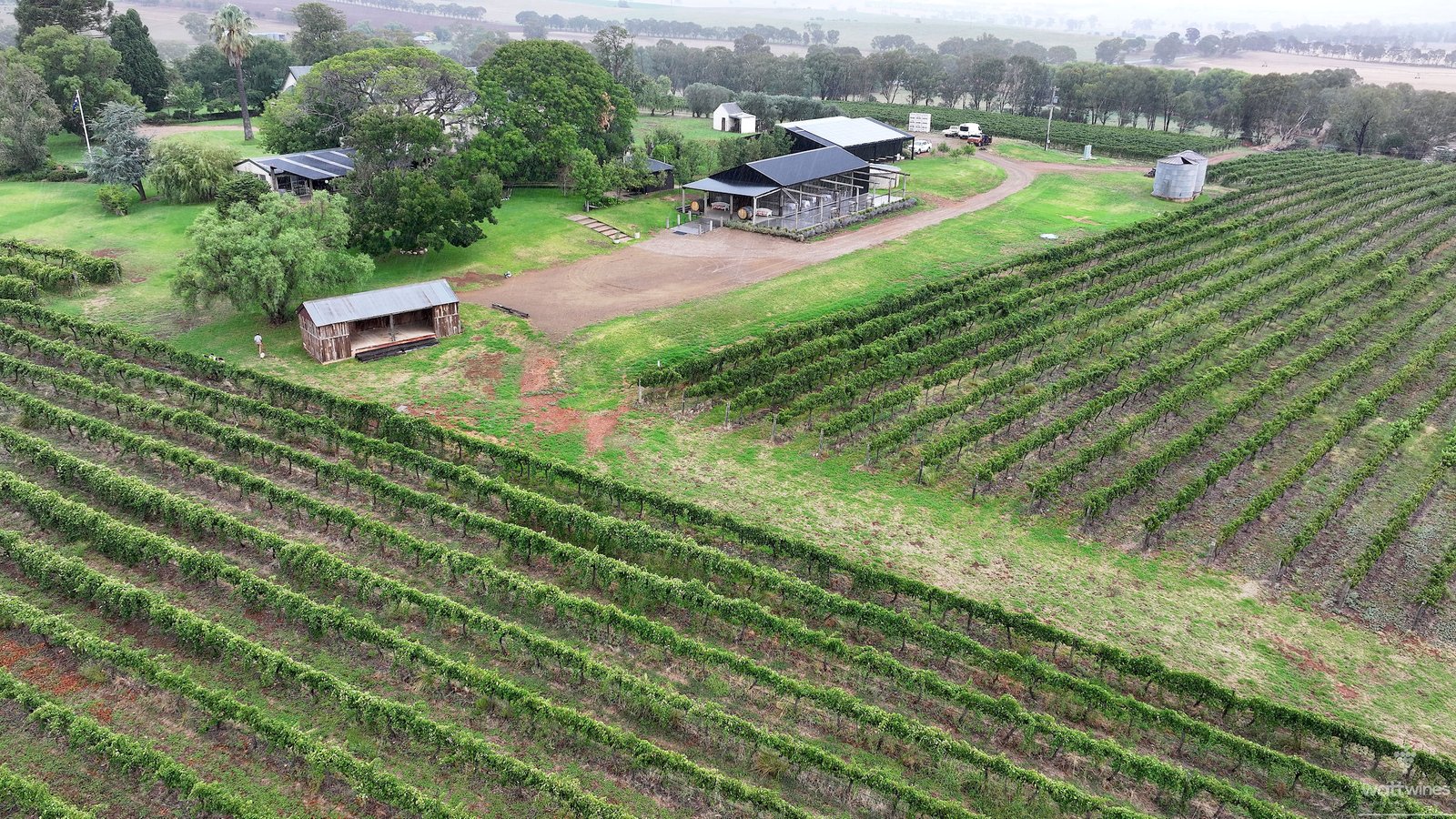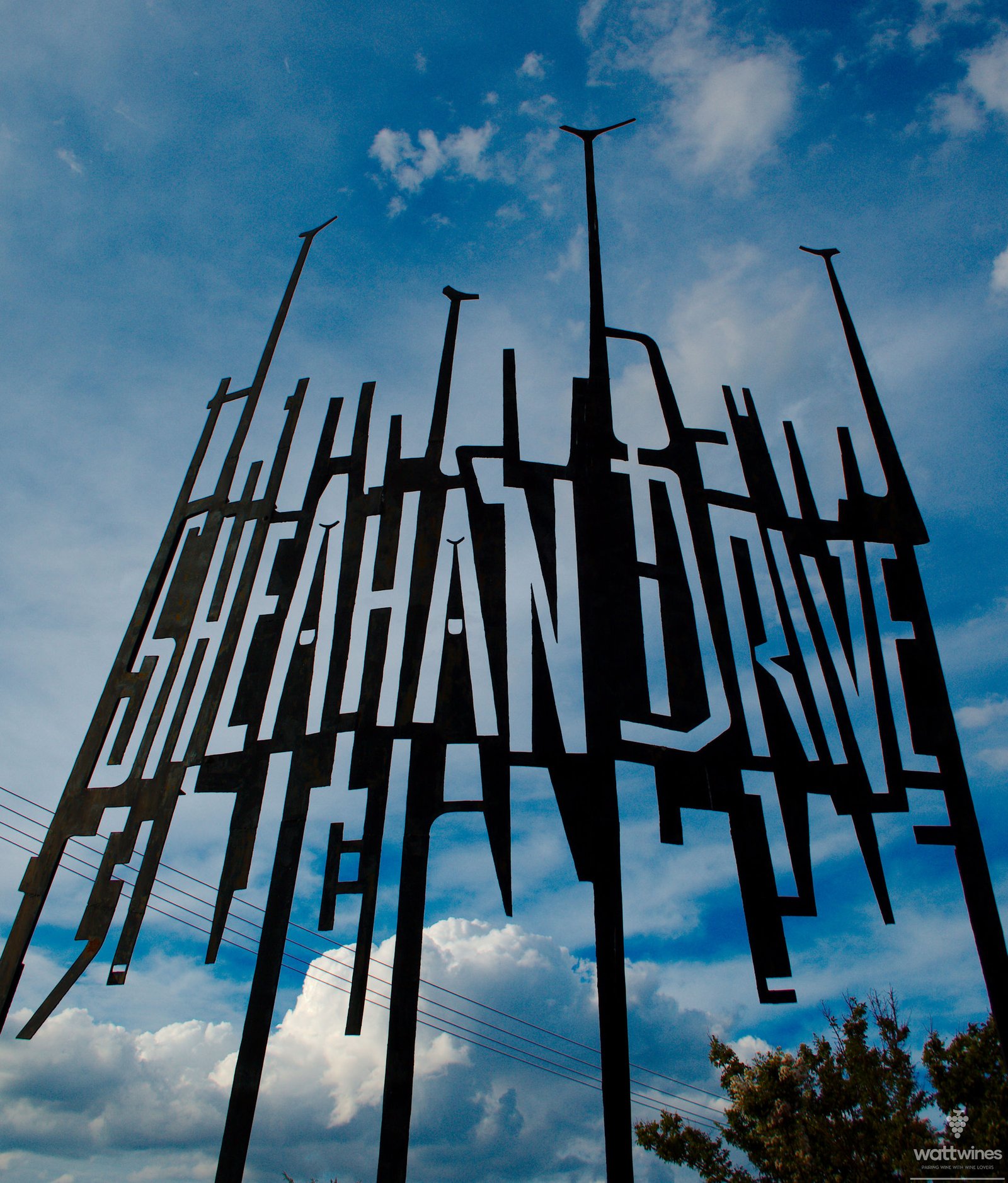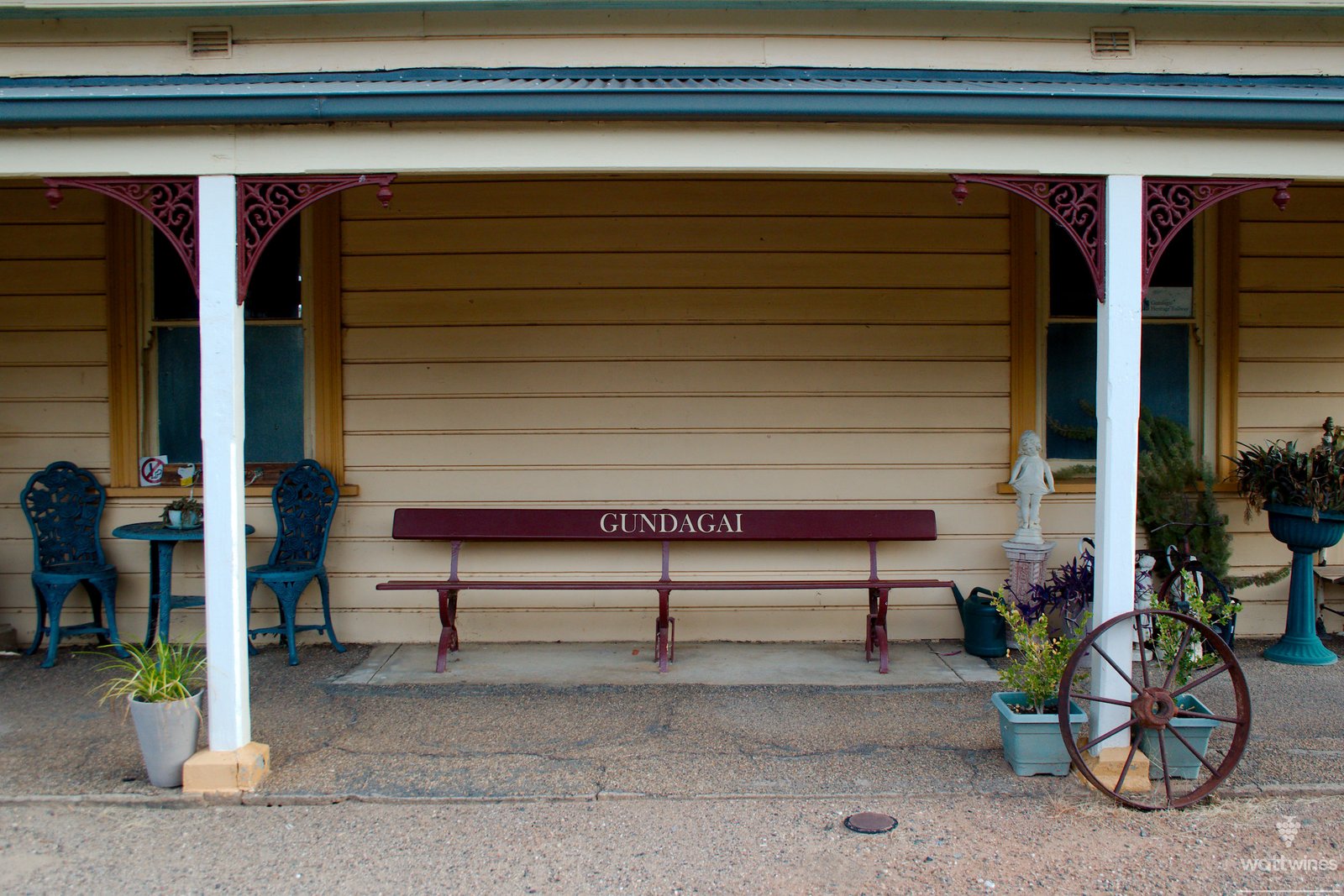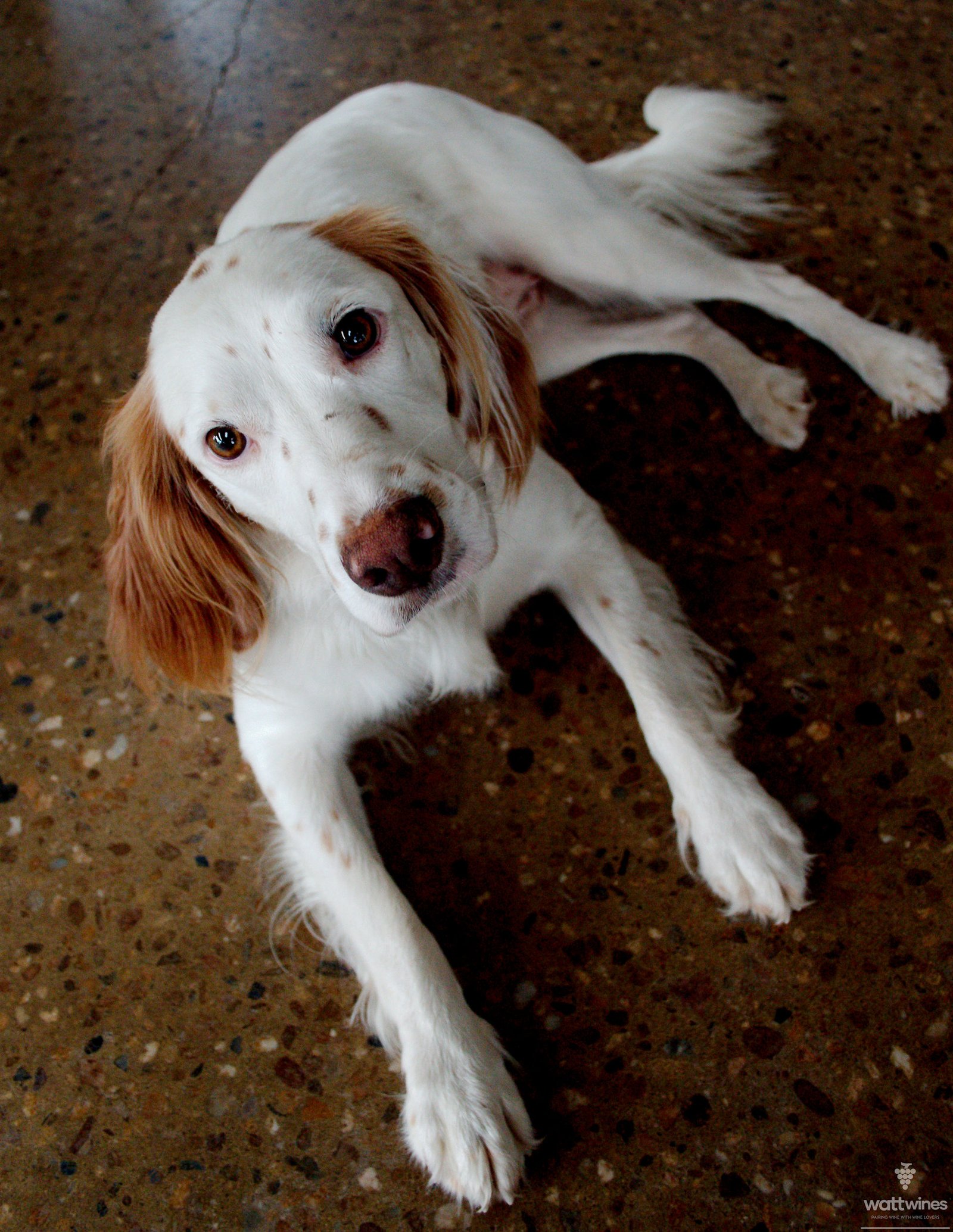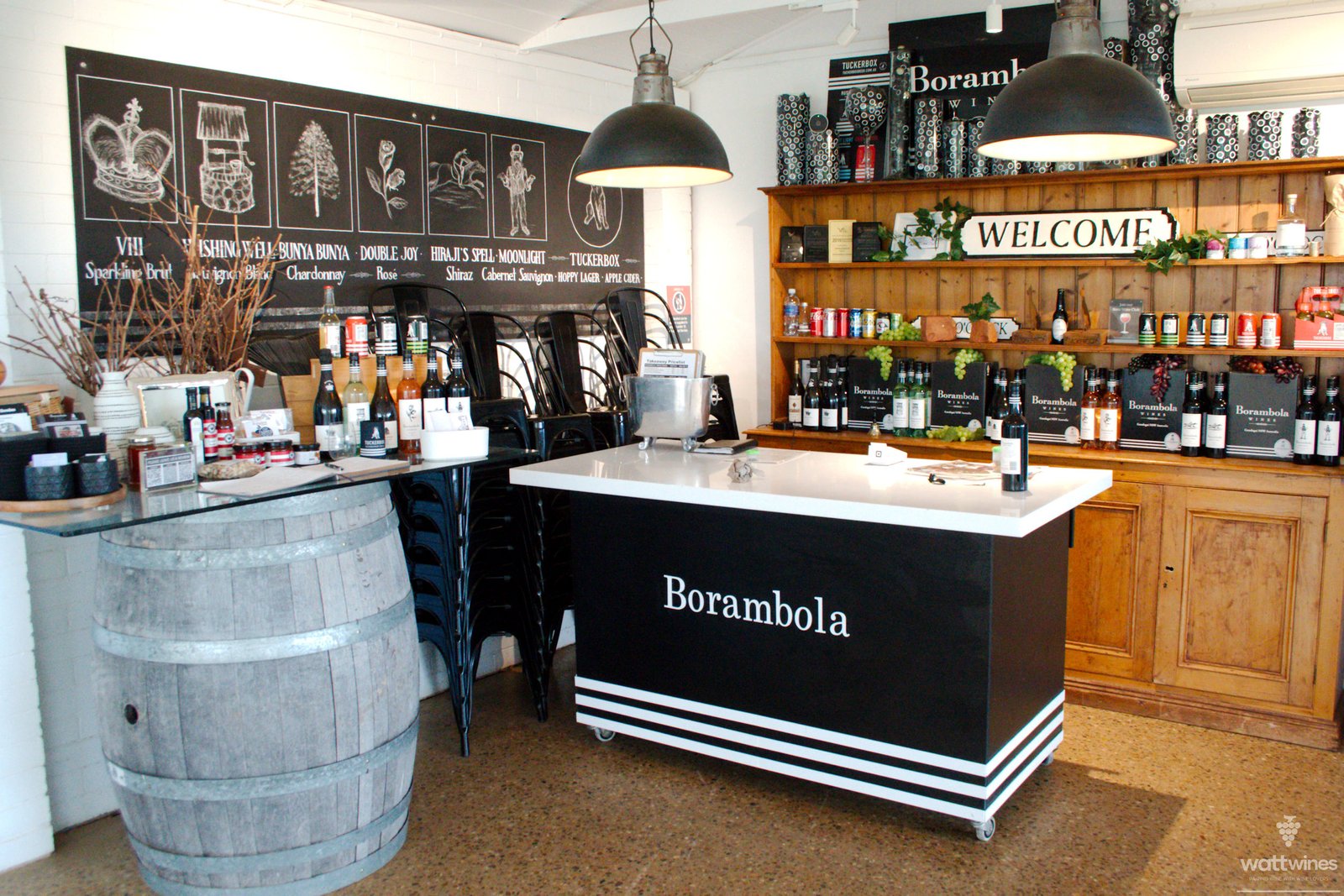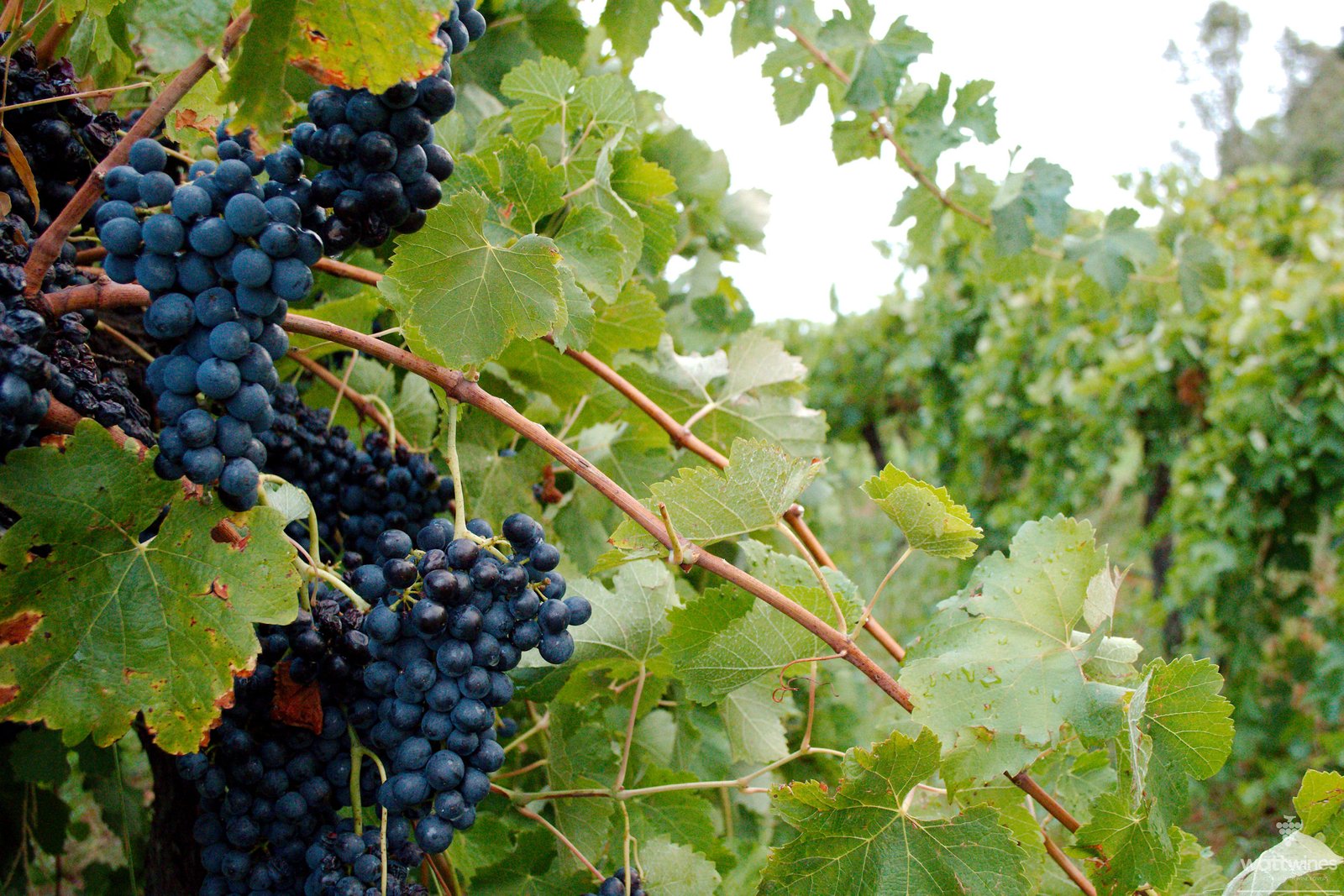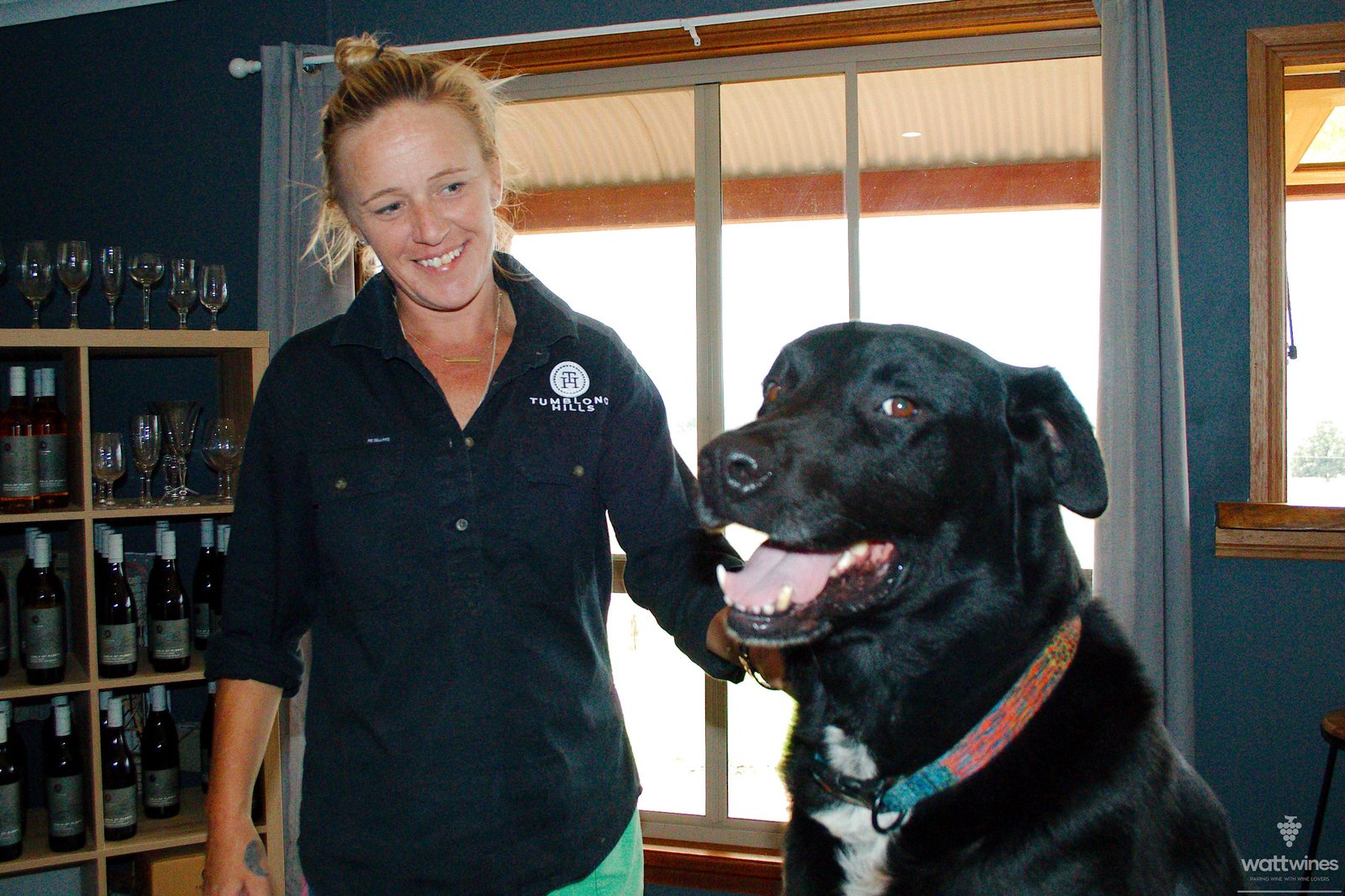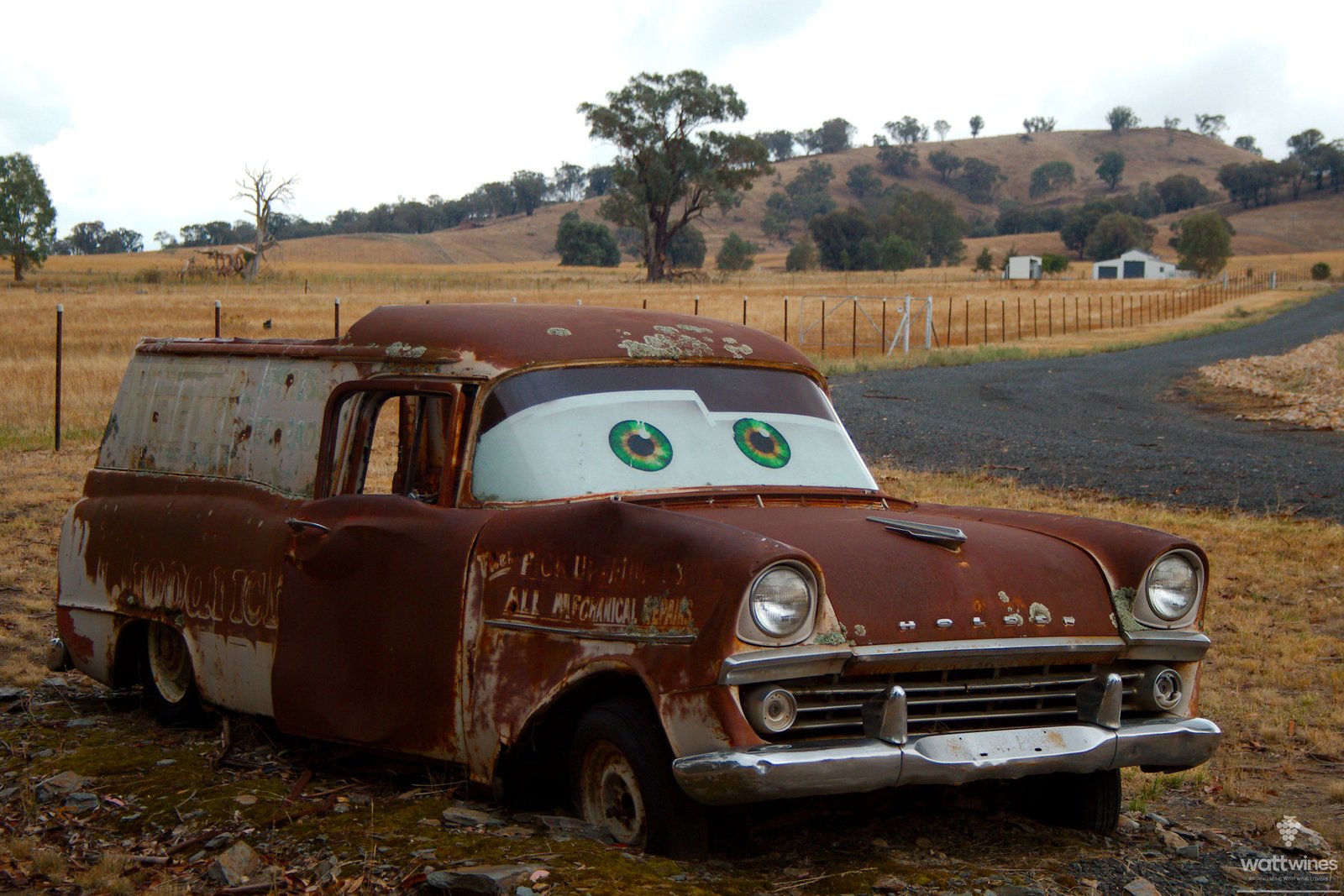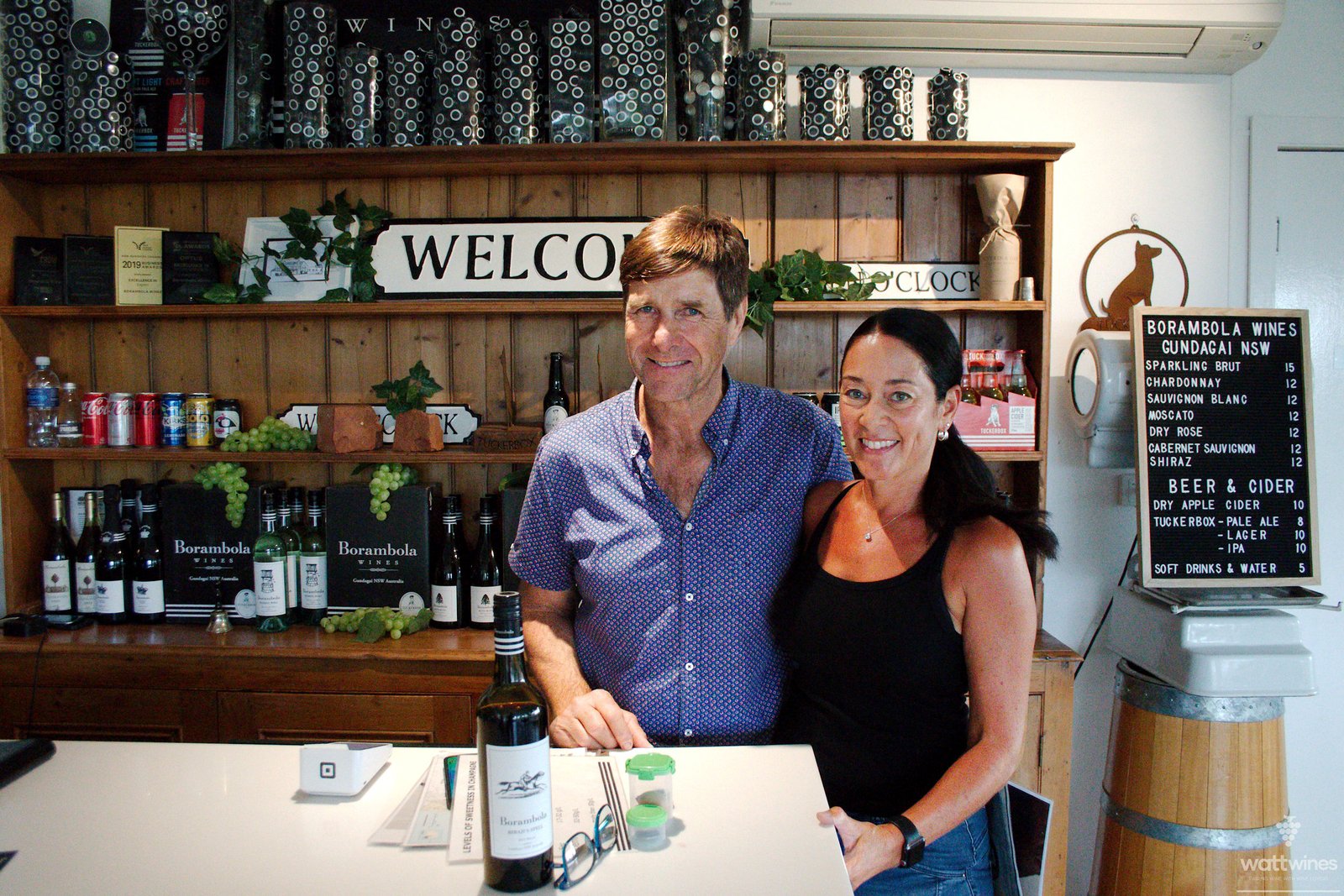The Gundagai wine region is at the centre of 4 other wine regions, with Hilltops to the north, Canberra District to the east, Tumbarumba to the south and Riverina to the west. It also spans 2 Wine Zones with Southern NSW to the east and Big Rivers to the west, although the region is technically part of Southern NSW.
The region’s diverse geography leads to varying climates. The north-east corner experiences warm to hot climates at relatively low elevations west of the Great Dividing Range, while the south-east corner enjoys a cool to cold climate as it nears the Snowy Mountains.
The first vines were planted at Kyeamba, south-east of Wagga Wagga, in the late 1840s.
The McWilliam family later established the successful Markview vineyard at Junee in 1877. However, grapevines were largely absent in the region from the 1920s to the mid-1990s.
It’s an unusual region in that most of the vineyards are closer to Wagga Wagga than the symbolic regional heart of Gundagai. With Paterson’s Gundagai Vineyard no longer operating a cellar door and concentrating on overseas sales only, this leaves Tumblong Hills as the closest vineyard to the town, 26 kilometres to the south west. Many of the wineries are nestled on the regional borders of Riverina and Tumbarumba in the west and south respectively.
Tumblong Hills, Borambola Wines and Charles Sturt University are the most prominent cellar doors in the region. Tumblong’s Barbera should not be missed and surprisingly, Borambola produces a stellar cider and is also the home of Taco, the adorable winery dog, once made famous by Dr. Harry.
Gundagai itself is a tiny town rich in history. Significant historical sites include Australia’s longest timber truss bridge and the location of the country’s deadliest flood. In the middle of the night on 24 June 1852, a catastrophic flood swept through Gundagai. The water rose quickly, destroying entire buildings and leaving people clinging to trees. Between 80 and 100 people died, but the heroic efforts of four Wiradjuri men saved many others. Several sculptures and plaques around the town commemorate this tragic event.
Top Stats
Harvest
Late Feb to mid Mar
Mean Jan temperature
21 – 24°C
Area of Vine
595 hectares
Altitude
179 – 1168m
Growing season rainfall
364mm
Principal Varietals
Red varietals are definitely king in Gundagai, accounting for 85% of total crush in 2019. Shiraz is by far the dominant varietal making up a whopping 49% of the total, followed by Cabernet Sauvignon at 25%. In third place comes Chardonnay, the one and only white significant enough to quantify, at 15%. Much smaller quantities of Merlot 6%, Durif 3% and Tempranillo 2%, are produced in the region.
Notable Varietals
Despite the top 5 varietals making up 98% of the crush in the region, there are several good examples from other grapes with Tumblong Hills producing Nebbiolo, Sangiovese, Fiano and Barbera, amongst others. Charles Sturt Wines also produces many different varieties, including Pinot Noir, Tempranillo and Syrah.
Source: www.wineaustralia.com | All Photos © Watt Wines 2025. All rights reserved.




